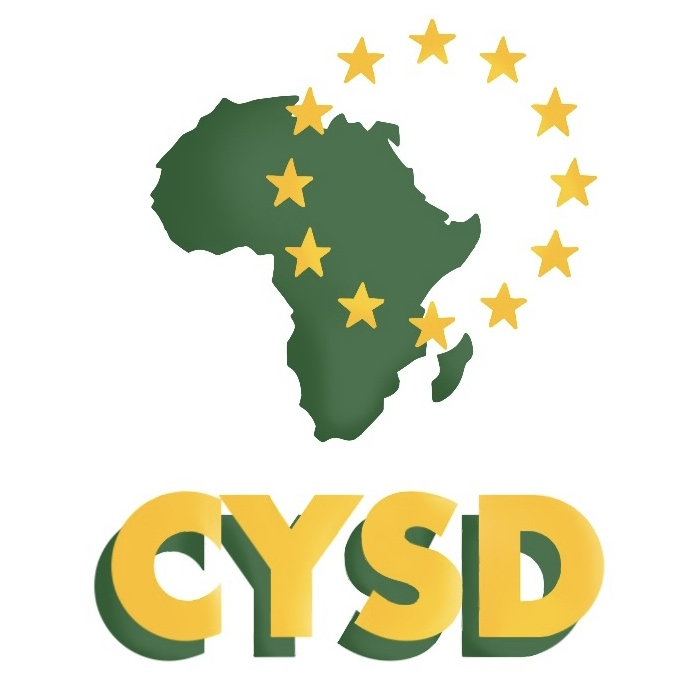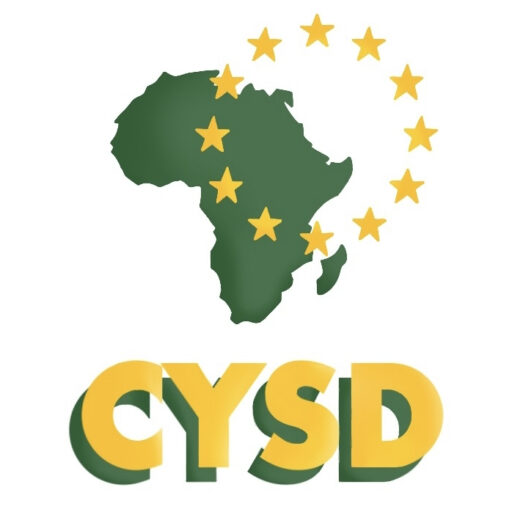Area
Social
Summary (description and reason to be)
The one-day training program for vulnerable young people in rural areas of Uganda on HIV/AIDS awareness aims to empower participants with essential knowledge and skills to combat the HIV/AIDS epidemic effectively. The training is structured into three key activities: First In this session, participants will learn the basics of HIV/AIDS, including modes of transmission, prevention methods, and available treatments. Special emphasis will be placed on understanding the importance of early detection and testing. Secondly, participants will learn about the support services available in their community for people living with HIV/AIDS, emphasising the importance of empathy, understanding, and collaboration with healthcare providers and non-governmental organisations (NGOs). Lastly, a Q&A session with healthcare experts provides an opportunity for participants to clarify doubts, enhance their understanding, and gain insights into the latest developments in HIV/AIDS prevention and treatment.
Target: Vulnerable Group (VG) and/or type of community
• Orphans and Vulnerable Children (OVC): Children who have lost one or both parents to AIDS and are living in vulnerable conditions.
• Adolescents and Young Adults: Particularly those who lack proper education and awareness about HIV/AIDS and its prevention.
• Girls and Young Women: Due to cultural and social norms, young girls and women might be more vulnerable to HIV/AIDS. Empowering them with knowledge and resources is crucial.
• People Living in Poverty: Individuals and families with limited access to education and healthcare services due to financial constraints.
Application setting: context
In Uganda, despite significant progress in combating HIV/AIDS, young people in rural areas face barriers in accessing healthcare services. UNAIDS (2021) reported a 60% decrease in AIDS-related fatalities since 2010 and 43% fewer new infections. However, challenges persist. Stigma and discrimination deter youths from testing and treatment, while lack of awareness about available services hinders access. Financial dependence further restricts medical help-seeking, especially for conditions like HIV/AIDS, requiring continuous and costly treatment. To address these issues, targeted HIV awareness training for vulnerable youths is crucial. The training focuses on combating stigma, spreading accurate information about available services, and providing practical advice on navigating healthcare systems and managing treatment costs. Interactive sessions, pamphlets, and community outreach programs are utilised to empower young people, fostering informed decision-making and enhancing access to essential HIV/AIDS services. The training aims to be culturally sensitive, encouraging open dialogue and active participation among youths, thereby enabling them to effectively utilise healthcare resources and make informed choices about their health.
Objectives
• To educate vulnerable youth about the basics of HIV/AIDS, including transmission, prevention, and treatment;
• To provide information about support services available for people living with HIV/AIDS;
• To enable youth to engage in role-plays that focus on communicating HIV/AIDS awareness effectively.
Requirements
Flipchart papers, markers, pens, camera and notebooks.
Activities
Activity 1: Understanding HIV/AIDS
Basics of HIV/AIDS:
“HIV/AIDS basics will cover transmission modes (unprotected sex, sharing needles), prevention methods (condoms, PrEP), and dispel myths. Emphasise testing importance, early detection, and treatment access”
• Peer teaching sessions explaining transmission, prevention, and treatment methods. Participants will collaborate on a large flip chart, adding their thoughts and questions.
2. Stigma and Discrimination Reduction Strategies:
“Stigma and discrimination reduction strategies involve education, promoting empathy, challenging stereotypes, and fostering inclusive policies. Public awareness campaigns, anti-discrimination laws, and mental health support can combat prejudice”.
• Story Sharing, we shall encourage participants to share personal or community stories related to stigma and discrimination on a common document.
3. Importance of Testing and Early Detection:
“Enhances treatment effectiveness, improves patient outcomes, and reduces healthcare costs. By identifying conditions in their early stages, interventions can be initiated promptly, leading to better chances of successful treatment and ultimately saving lives”.
• Simulation Game: We shall develop a game where participants will act as healthcare providers and patients. They will record their decisions on a dashboard, discussing the importance of testing and early detection based on outcomes.
Activity 2: Community Outreach and Support
1. HIV/AIDS Awareness:
• Interactive Posters: We shall provide participants with blank posters and art supplies. We shall let them create awareness posters collaboratively, emphasizing key points. Hang these posters for everyone to see.
2. Support Services for People Living with HIV/AIDS:
• Role-playing Support Scenarios: Participants will act out different support scenarios and note down effective strategies on a shared document. Discuss these strategies collectively.
3. Collaborative Efforts with Healthcare Providers and NGOs:
• Mind Mapping: We shall use a large flip chart for mind mapping collaborative efforts. Participants will add ideas and draw connections between NGOs, healthcare providers, and community initiatives.
Activity 3: Interactive Group Activities
2. Q&A Session with Healthcare Experts:
• Interactive Dashboards: We shall create dashboards for displaying frequently asked questions. Participants will interact with the dashboard, finding answers and discussing them collectively.
Results
• Increased Knowledge: Participants will gain a comprehensive understanding of HIV/AIDS, including its transmission modes, prevention methods, and treatment options. They will be equipped with accurate information, dispelling myths and misconceptions.
• Reduced Stigma and Discrimination Through story sharing and education, participants will develop empathy and challenge stereotypes related to HIV/AIDS. This will lead to a reduction in stigma and discrimination against affected individuals and communities.
• Improved Testing and Early Detection: Participants will recognize the importance of testing and early detection, leading to increased rates of HIV testing. This proactive approach will enhance treatment effectiveness, improve patient outcomes, and ultimately save lives.
• Enhanced Support Services: By engaging in role-playing scenarios and collaborative efforts with healthcare providers and NGOs, participants will learn effective strategies to support people living with HIV/AIDS. This will result in the development of a more compassionate and understanding community.
• Empowered Communities: Through interactive group activities and Q&A sessions with healthcare experts, participants will feel empowered to actively participate in HIV/AIDS awareness, prevention, and support efforts.
Strengths
• Comprehensive approach because the training activities cover a wide range of topics related to HIV/AIDS, including basics, stigma reduction, testing importance and community outreach. This comprehensive approach ensures that participants gain a holistic understanding of the issue.
• Interactive and engaging as activities involve interactive and engaging methods such as peer teaching sessions, story sharing, simulation games, interactive posters, role-playing scenarios, and mind mapping. These activities encourage active participation, making the learning experience more effective and memorable.
• Participant Collaboration since many activities involve collaborative efforts, such as creating posters, sharing stories, and brainstorming ideas on mind maps. This collaborative aspect fosters teamwork, encourages diverse perspectives, and enhances the learning process through mutual exchange of ideas.
Weaknesses
Lack of Real-Life experiences. The fear of stigmatization among participants may prevent them from sharing direct experience.
Difficulties or constrains for its implementation
• Making sure that all of the scheduled activities can be completed within a certain amount of time may be a limitation.
• Getting over the stigma attached to HIV/AIDS may be difficult. Due to concerns about discrimination or judgment, some individuals might be reluctant to speak openly about.
CRITERIA actors or stakeholder are using to assess it as a “good practice”
• The level of engagement and active participation of the participants in the activities.
• The extent to which participants grasp the basics of HIV/AIDS, stigma reduction strategies, importance of testing, and support services.
• The effectiveness of collaborative efforts among participants.
Year and length (duration)
6 hours.
Comments (additional info, remarks)
• Practical learning will stimulate a hands-on experience, enabling participants to grasp the significance of testing and early detection.
• Empathy and awareness as story sharing will allow participants to connect on a personal level, fostering empathy and understanding towards those facing stigma and discrimination.

